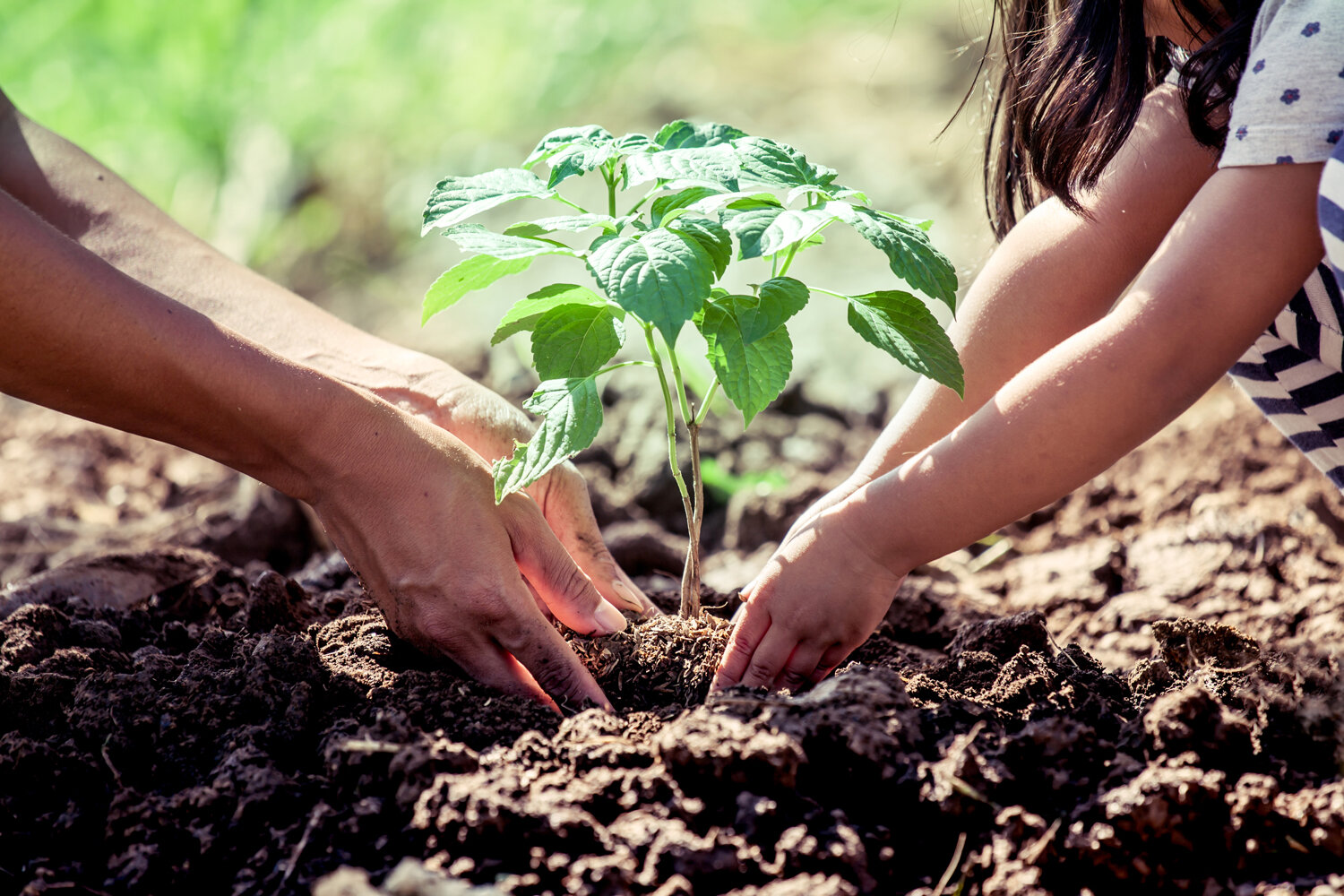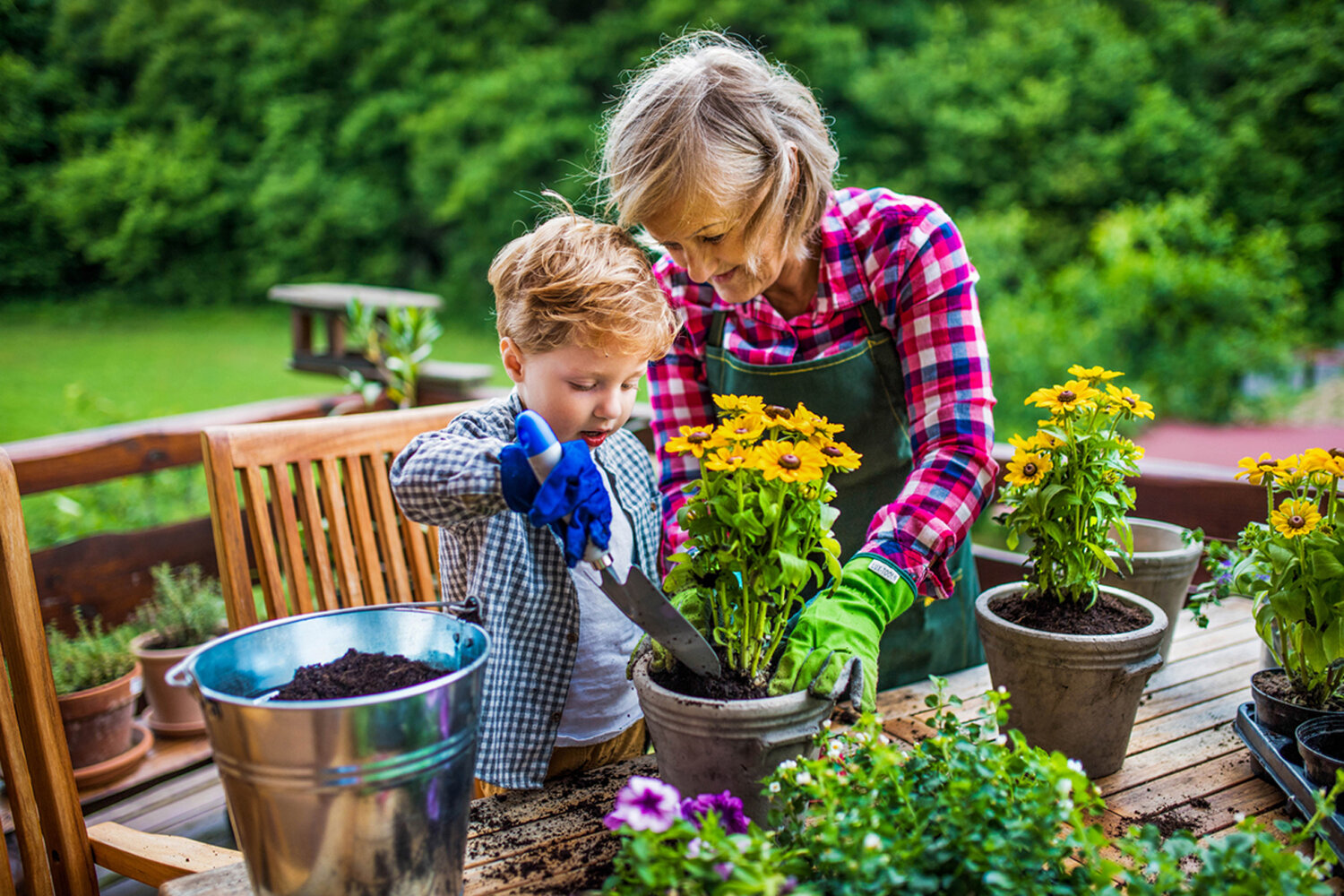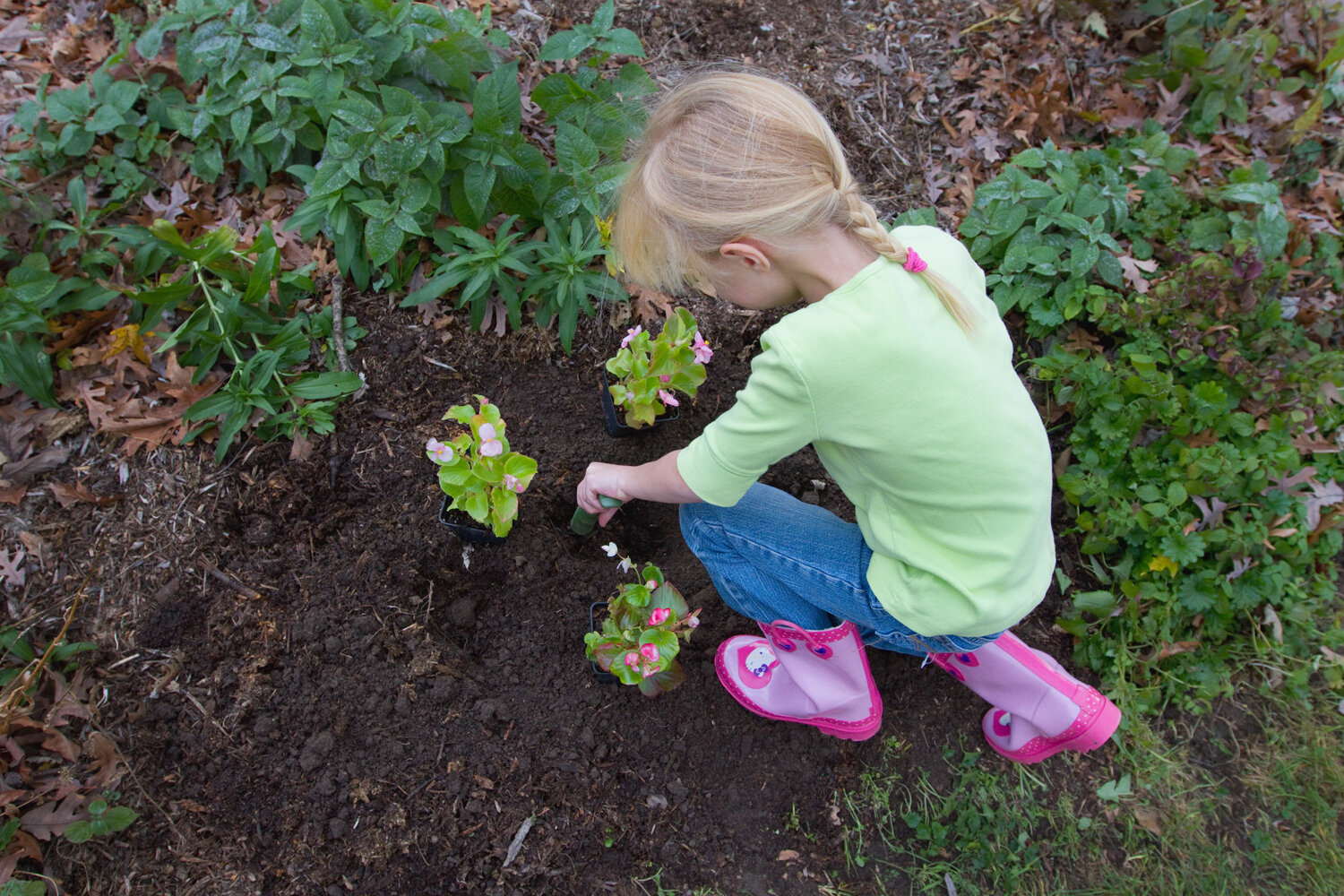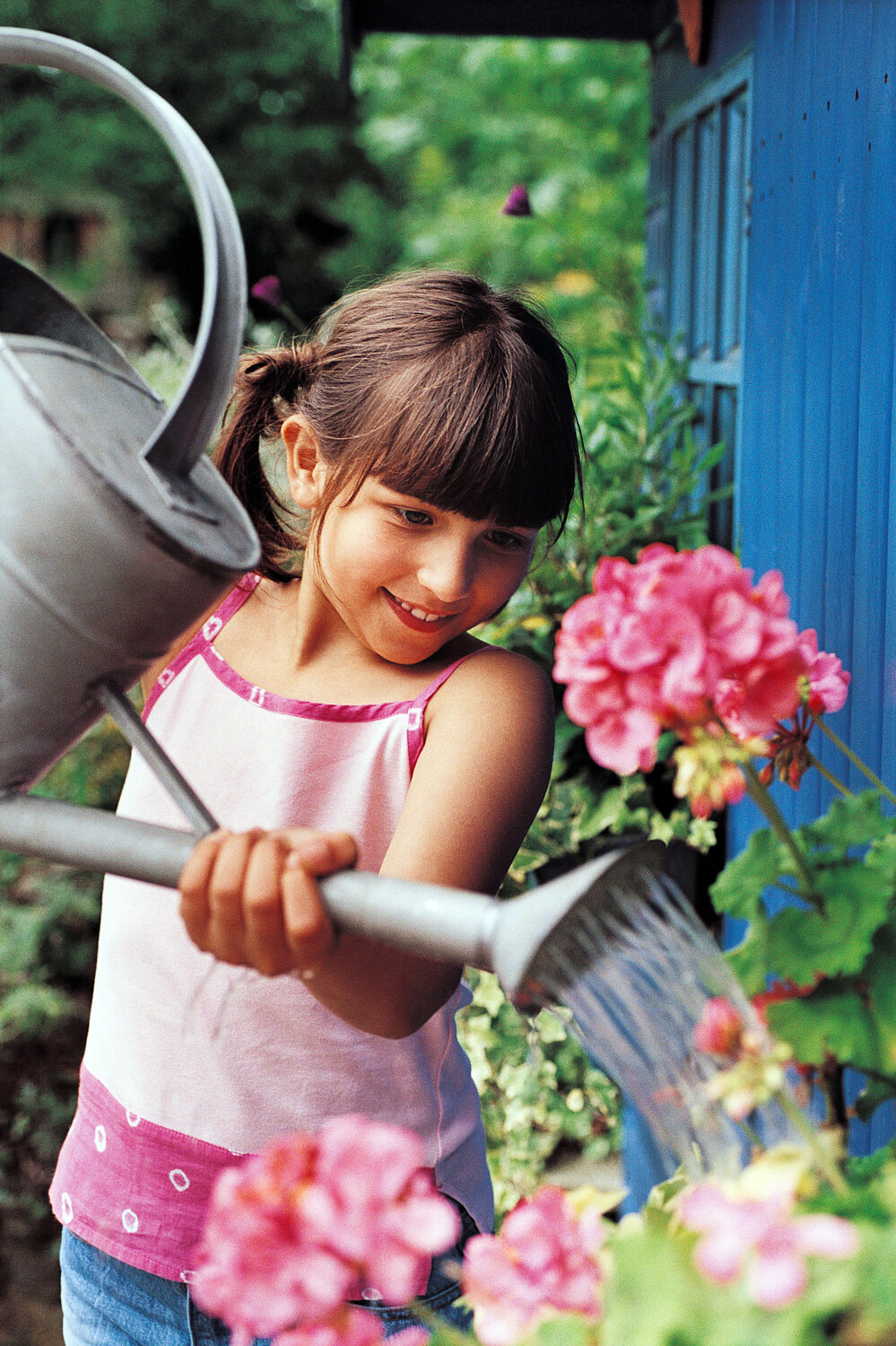How does your garden grow?
Get outside and go green
One of the best things you can grow in a garden is a life-long gardener. With summer upon us, the world outdoors beckons. Starting at home. Your personal landscape is a great place to enjoy being outside.
The kids can benefit in so many ways from digging right in. Literally. There’s growing body of research that indicates gardening-related activities boost physical and emotional health, even academic performance, besides the all-around benefits of family bonding.
So parents and grandparents who are not already getting down and dirty with the kids, what are you waiting for?
From the onset, prepare to pivot. Gardening with kids requires flexibility. Most kids prioritize exploration and discovery in the garden rather than appearance or production. You might have a planned activity, but they prefer to focus on the grasshopper they just found. Rather than corral them back to the task at hand, try talking to them about the grasshopper, sharing their wonder and excitement, and then finding a way to connect it to your activity.
Remember that positive associations with gardening are the goal. If they walk away with those, you’ve succeeded. And they’ll be back to learn more.
Let kids choose what to plant. Offer guidance and guarantee some sure-success plants are among their picks. But if they want beets, roses and petunias, why not? Giving kids agency over what plants they grow also gives them the incentive to continue engaging with their plants over time. Don’t forget that gardening isn’t confined to a raised bed or backyard. You can grow a multitude of plants indoors, on windowsills, porches, or balconies, you name it!
Choose garden projects that work for your needs. To set yourself up for success, always consider projects or activities you might want to try through the lenses of the kids’ age and ability levels, your budget, available space, available time, safety concerns, and growing conditions in your area.
Leave room for good old-fashioned digging. Many kids love to dig in the dirt, and digging and observing are excellent for their sensory systems, gross and fine motor skills, and practicing focus and empathy for small creatures. Leaving a designated dig space in the garden gives them a spot to search for worms and grubs, and helps keep disruptive digging out of other areas of the garden.
Make the garden a joyful place. Positive associations with nature early on in life give kids a sense of belonging to the natural world and responsibility for it. Help with the behind-the-scenes maintenance of kids’ gardens so they continue to be an inviting space for them. Give them opportunities for responsibility, but don’t turn gardens into a chore or punishment they would rather avoid. Embrace kids’ preferences, and avoid pressing them to taste, touch or smell something they don’t want to.
Ensure activities are geared toward equal access. Think through how to share a gardening experience equally with all the kids participating. Try collaborative gardening: One kid digs a hole, another sprinkles compost, another kid places a seedling in, and so on. This helps multiple kids be involved in smaller garden tasks.
Set aside time when kids can explore the garden without an intended activity. Positive associations also come from moments when kids are allowed to observe, explore and play in a self-led way.
And just as important, enjoy gardening yourself. One of the most powerful teaching tools is the use of modeling. Don’t underestimate how impactful showcasing your enthusiasm for gardening can be on the kids you’re working with.













